It's been a long winter and you're ready to start some yard work. But before you grab that rake or fire up the lawnmower, read over these common spring yard work mistakes so you don't make them yourself.
20 Bad Spring Yard Work Habits You Need to Stop Doing
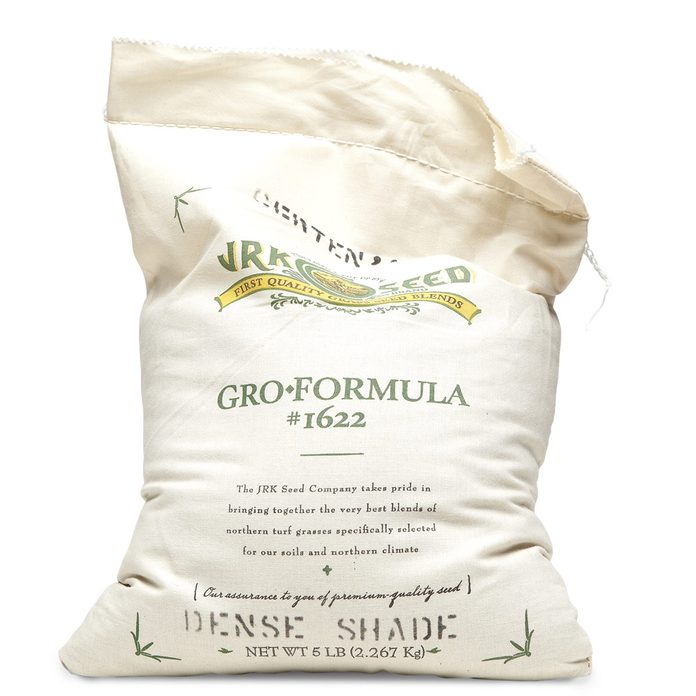
You Buy the Wrong Grass Seed
If you’re spreading grass seed this spring, make sure it’s the right kind for your lawn. Surprisingly, many grass seeds contain weed seeds, so be sure to look at the label and go for a seed that states it has zero percent weed seed and zero percent other crop.
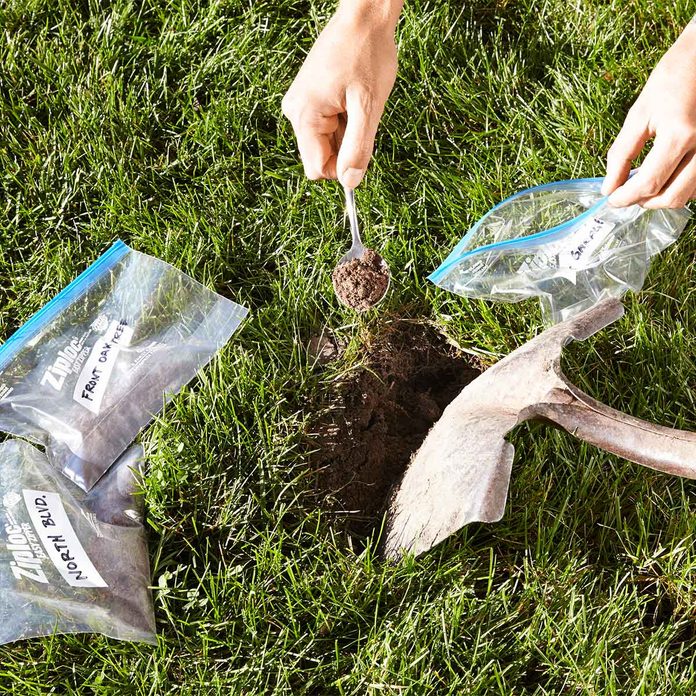
You Don’t Test the Soil
Soil matters so it pays to test. Grass does best in soil with a pH of 6 to 6.5, so send a soil sample to your local extension service for testing. They can tell you if your soil needs any amendments to promote healthy grass.
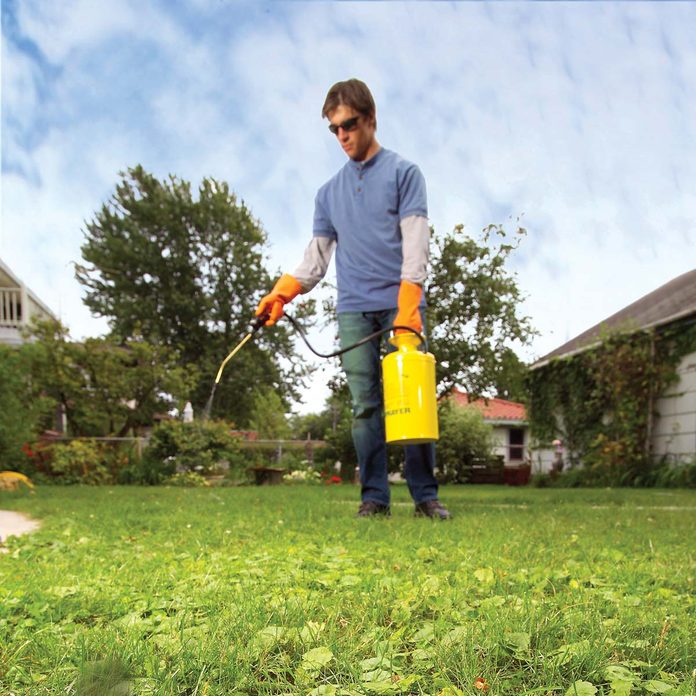
You Attack Weeds at the Wrong Time
Weeds need to be killed while they’re growing, so be sure you’re attacking them at the right time. Wait until the weather warms up a bit so the herbicide can be absorbed, but don’t wait until it’s too hot or the herbicide will stress the grass. Products will have directions on the best temperature range for application.
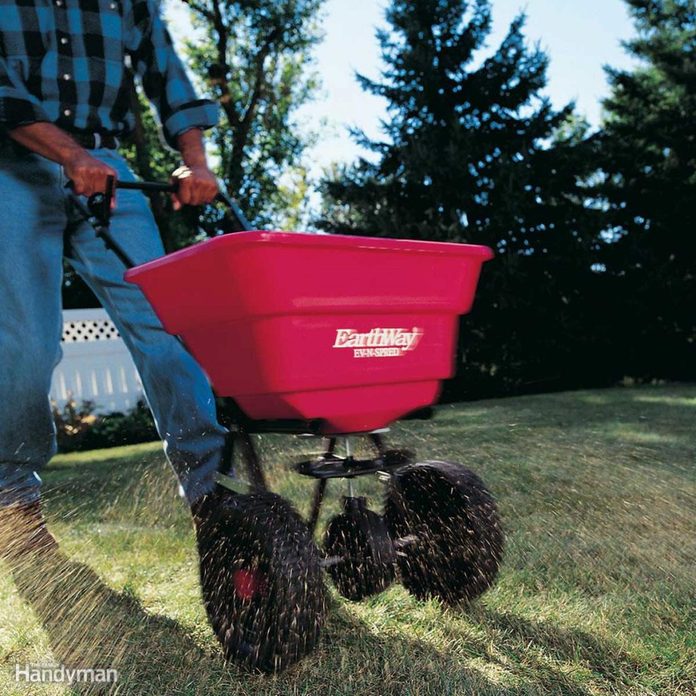
You Plant Only One Kind of Grass Seed
When you use multiple seed types, it can help your lawn become established because the seeds’ strengths and weaknesses offset each other. Lawns with more than one kind of seed have a better chance at surviving bad conditions such as drought.
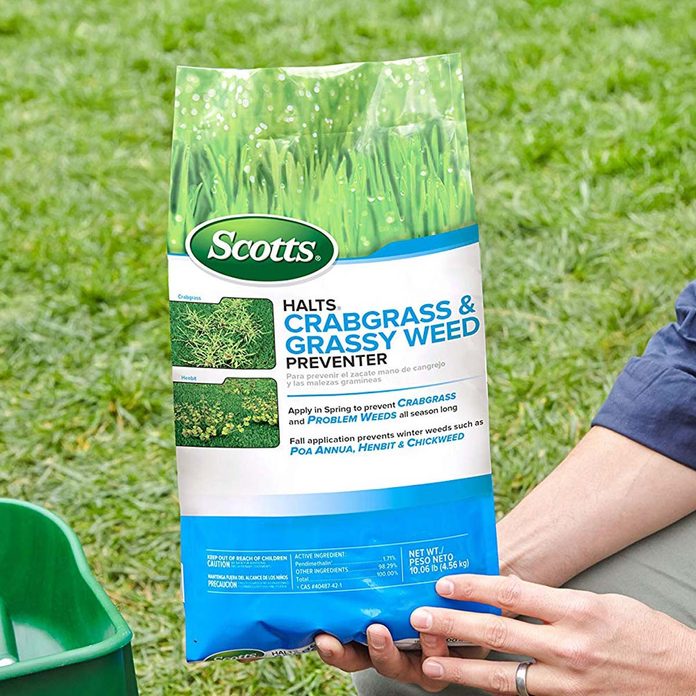
You Apply Preventers at the Wrong Time
Crabgrass preventers (a.k.a. pre-emergence treatments) do one thing — they prevent crabgrass (and any other seed) from sprouting. Once crabgrass sprouts, it’s too late. Here’s the key: Apply preventer between the second and the third mowings. Because crabgrass starts sprouting a few weeks after the grass greens up, that’s generally just the right time.
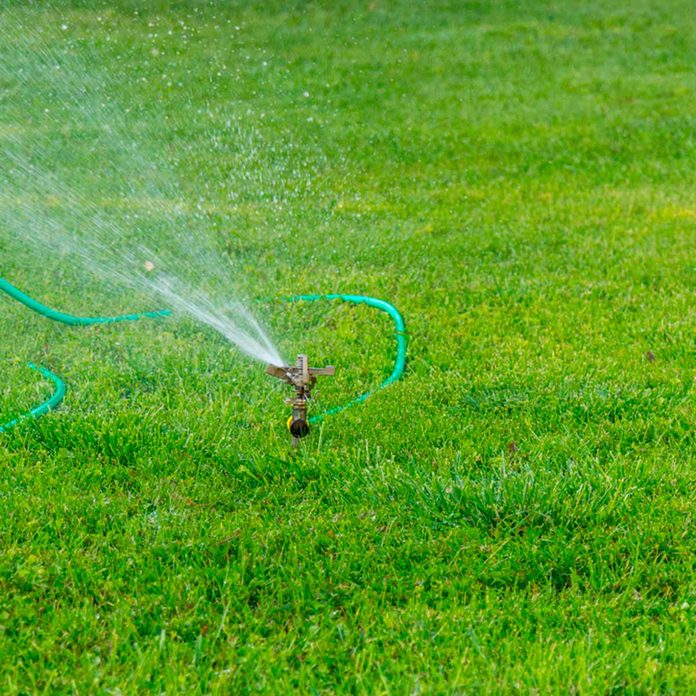
You Water Too Frequently
When you water too frequently, it discourages the grass from developing the deep root system it needs to take the water deeper in the soil and become less dependent on supplemental watering. A good rule of thumb: Give your lawn 1/3-in. of water three times a week. So in the spring, when the ground is generally more saturated, be sure not to overdue it.
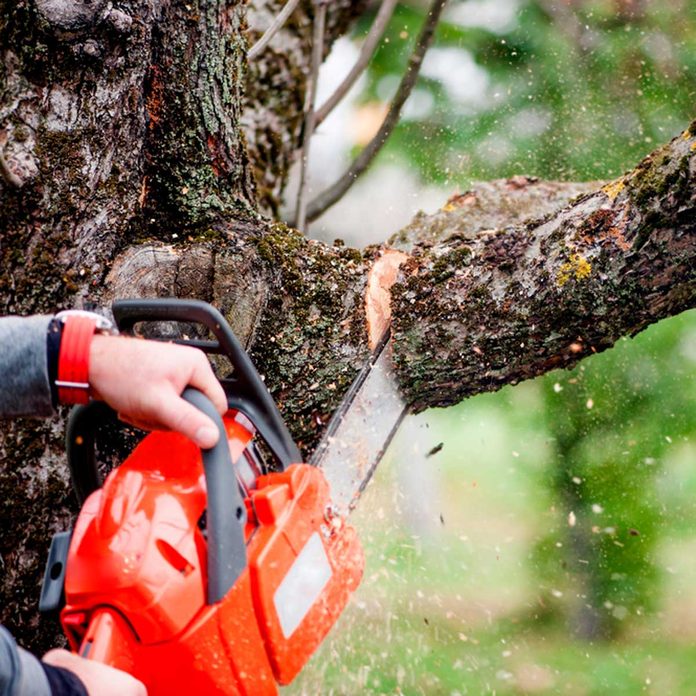
You Forget Safety Gear
Spring often means trimming trees. If you’re getting the chainsaw out, you need to take safety seriously. Special chaps will often stop a moving chain and save your thigh. A helmet with a face screen and ear protection keeps head, eye and ear protection handy in one comfortable package. Wear steel-toed, cut-resistant boots and a long-sleeved shirt to protect against the inevitable scratches.
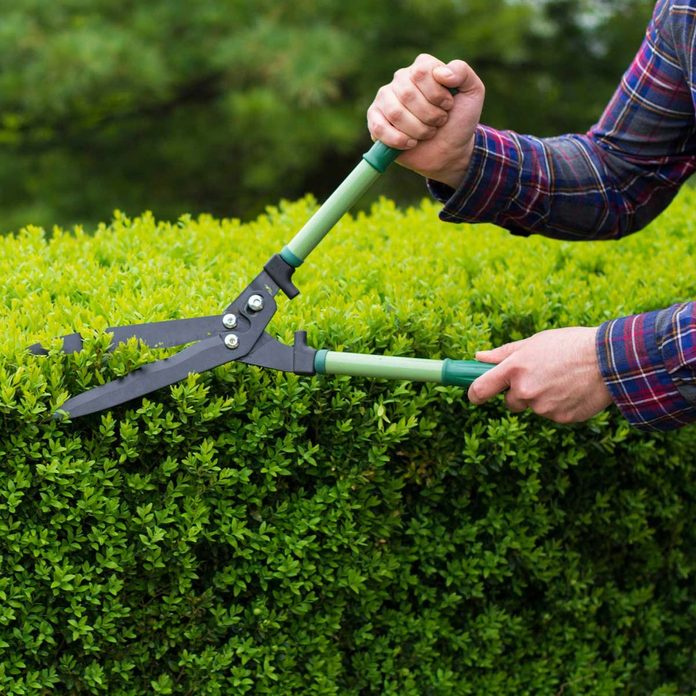
You Don’t Trim Shrubs and Bushes Properly
If your shrubs sustain damage during the winter, clip or saw off broken branches or stems all the way back to the trunk or main stem, instead of cutting only at the point of damage. Also, don’t be too liberal with the saw. Don’t take out a main stem when only a branch or two is damaged. If you’re unsure, it’s usually best to just leave it.
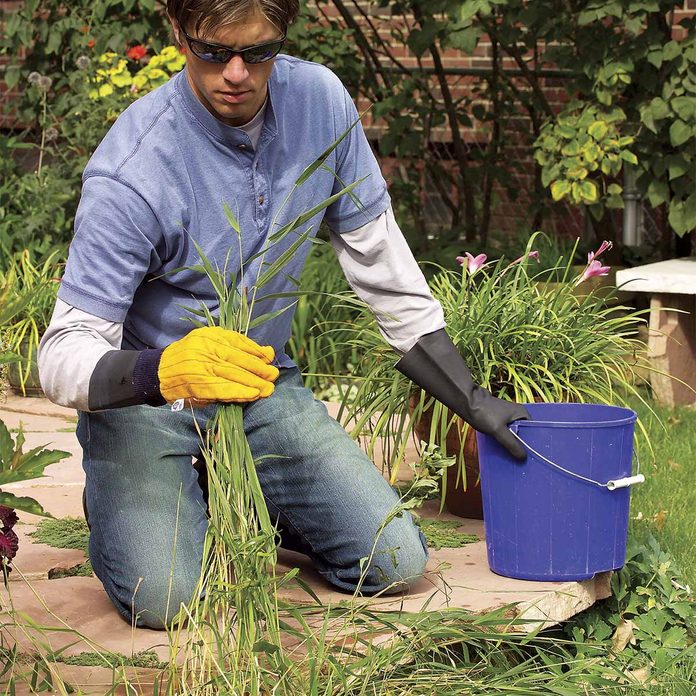
You Try to Eliminate Weeds in Broad Strokes
If you have only a few weeds, pull them by hand or spray each one with a pump sprayer. Don’t treat your whole lawn for a few weeds. It’s expensive and ecologically unsound.
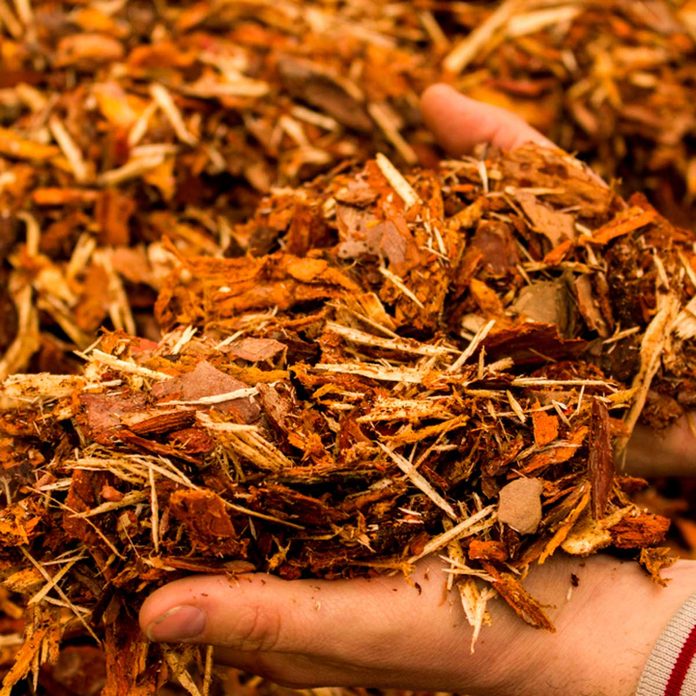
You Jump the Gun on Flower Beds
Don’t remove the protective covering of mulch, straw and chopped leaves from your flower beds too early. Wait until daytime highs are regularly above freezing before getting started. When the temperature is right, use your hands or a light rake to remove mulch so you don’t break up or uproot tender plants.
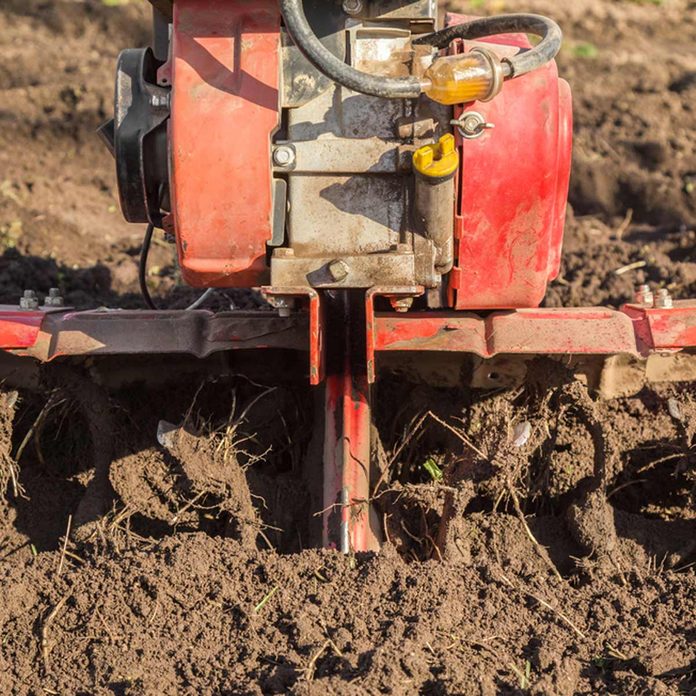
You Use Dangerous Equipment
If you’re doing heavy work in the yard this spring, make sure your equipment is in top working condition. A malfunctioning chainsaw, lawn tractor or large rototiller can cause serious injury.
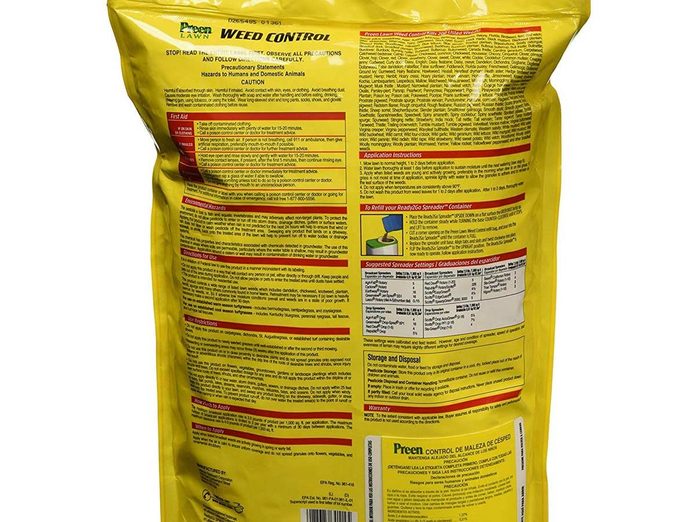
You Ignore Lawn Treatment Directions
Directions on lawn treatment products are important, so take the time to read the label. It’s not only the concentration for fluids or the spreader setting for granules — pay attention to the details, like the rain forecast and what temperature ranges the treatment requires. Ignore them and you’ll either wreck your lawn or waste your time and money.
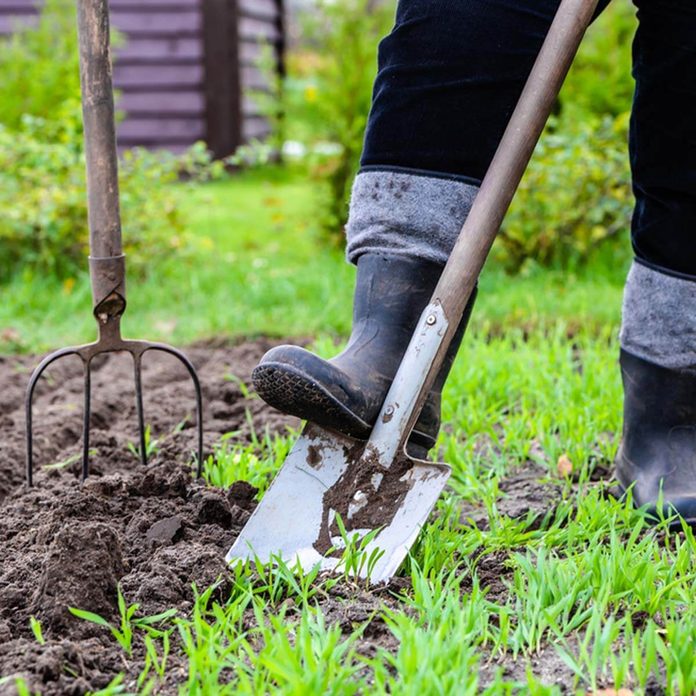
You Ready the Vegetable Garden Too Soon
If you have a vegetable garden, don’t be too eager to work the soil. If you start while the soil is still somewhat frozen or muddy, you will compact the soil. That’s a problem; compacted soil doesn’t contain the oxygen young plants need grow. Hold off until the ground is dried out.
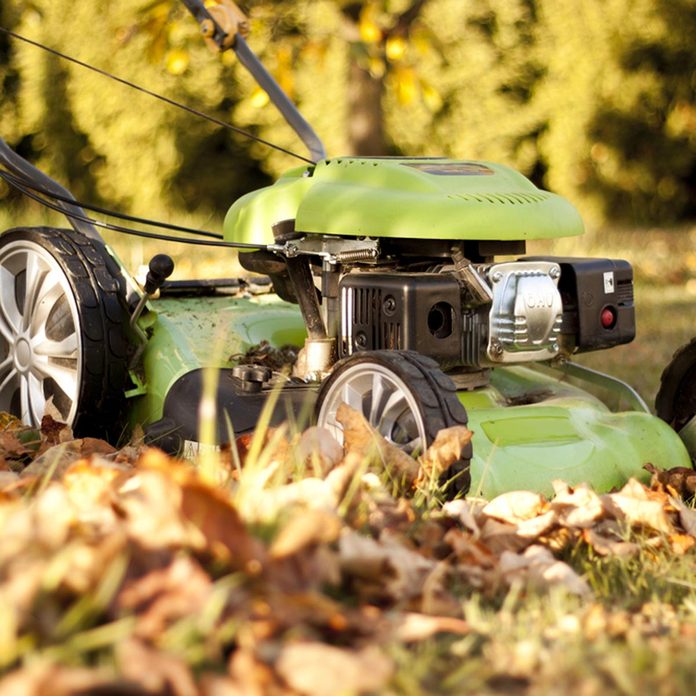
You Mow with Dull Blades
This spring, make sure your lawn mower is ready for the job. Dull mower blades rip through the blades of grass, which stresses the plant. Instead, you want to slice them off cleanly. You can always tell a lawn that’s been mowed with a dull blade because it looks brown on the top. Get on your hands and knees and you can actually see the damage!
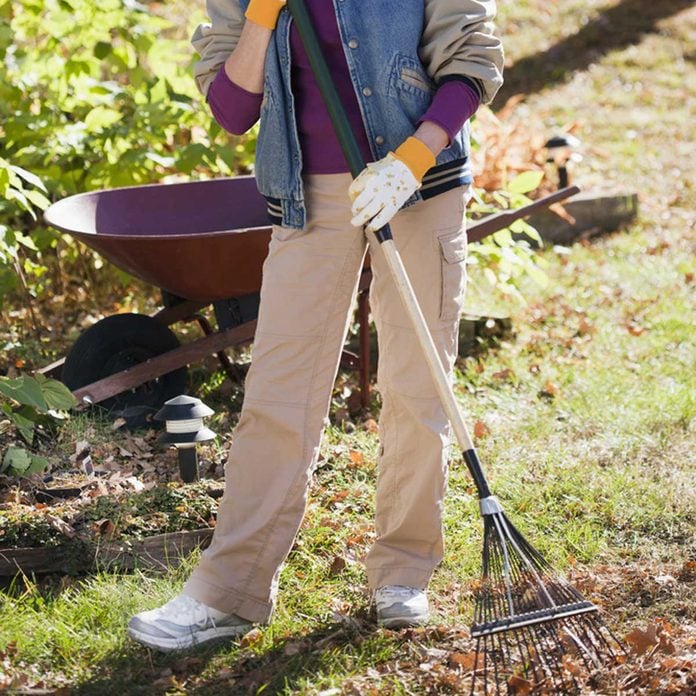
You’re Too Rough with the Rake
It’s good to use the rake in the spring to remove debris such as twigs and leaves left behind from the fall. But be gentle. If you’re too rough, you’ll uproot new shoots or even break up chunks of sod.
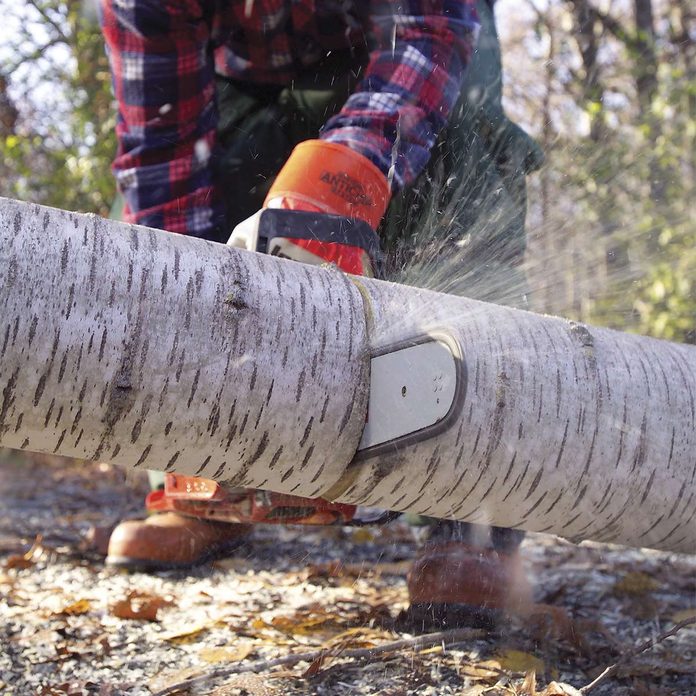
You Do Dangerous Jobs Alone
If you have a tree that needs to come down this spring, don’t work alone. You’ll be a lot safer with a trusted assistant standing a few feet behind you, watching the top of the tree for falling branches and letting you know when the tree starts to fall. Have your assistant tap you on the shoulder with a stick to alert you when it’s time to vacate the area.
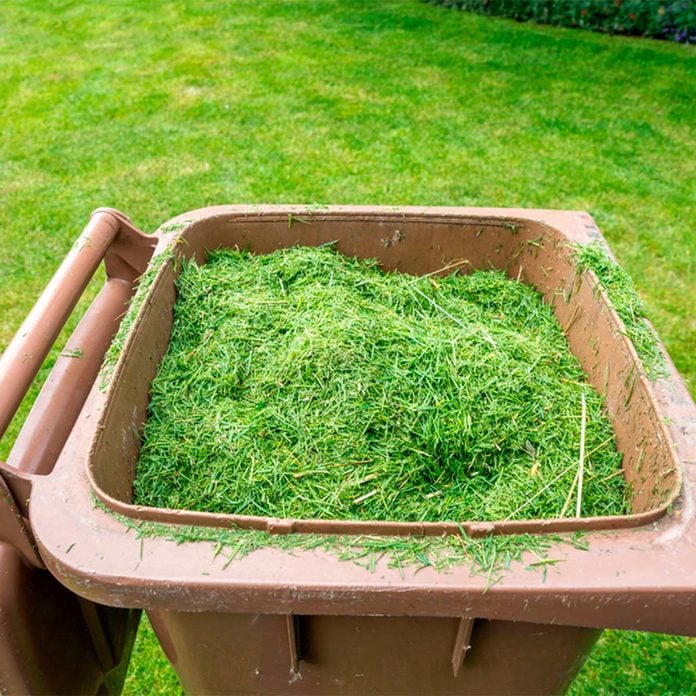
You Bag Your Lawn Clippings
This spring, get in the habit of using a self-mulching mower to leave shredded grass on the lawn. Cuttings act as free fertilizer (saving you money!) and mulching keeps those clippings out of landfills.
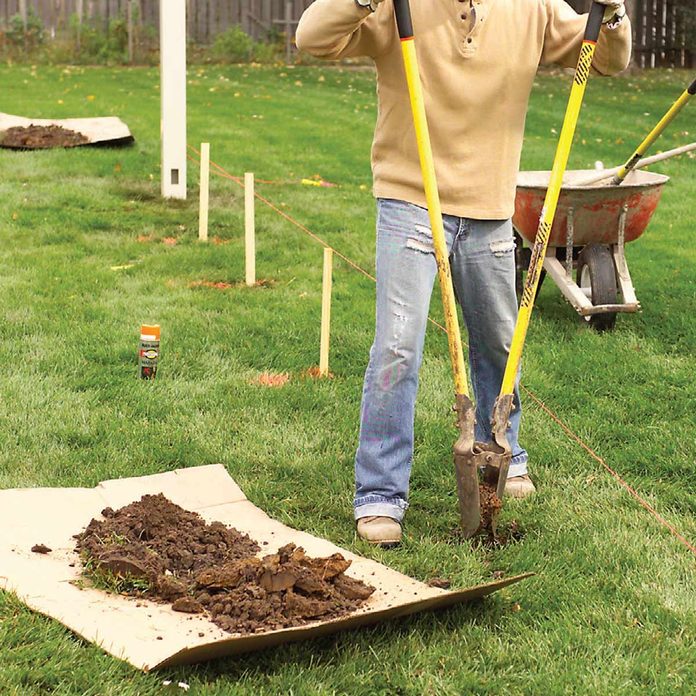
You Get Too Close to Power and Gas Lines
If you need to do any digging this spring, whether planting a large tree or putting up a fence, make sure you’re not digging into any gas lines. Always call 811 or go to call811.com at least a few days before you start digging so your utility company can come out and mark the buried lines. Also be cautious when you have to work up high so you steer clear of power lines. When in doubt, hire a pro.
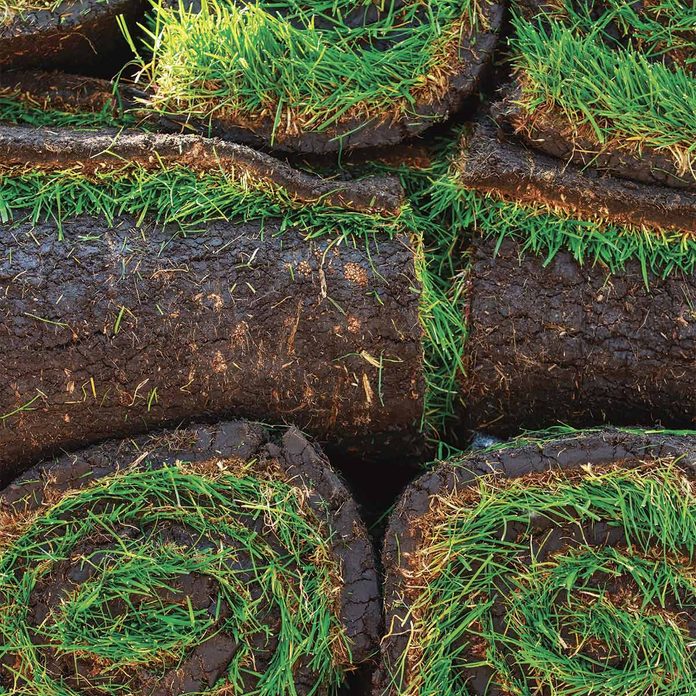
You Lay Sod in the Shade
If you have shady areas that need patching, stick with seed rather than sod. If you lay sod in the shade it tends to struggle. Spread the seed, then water frequently with a gentle spray until the grass is growing vigorously.
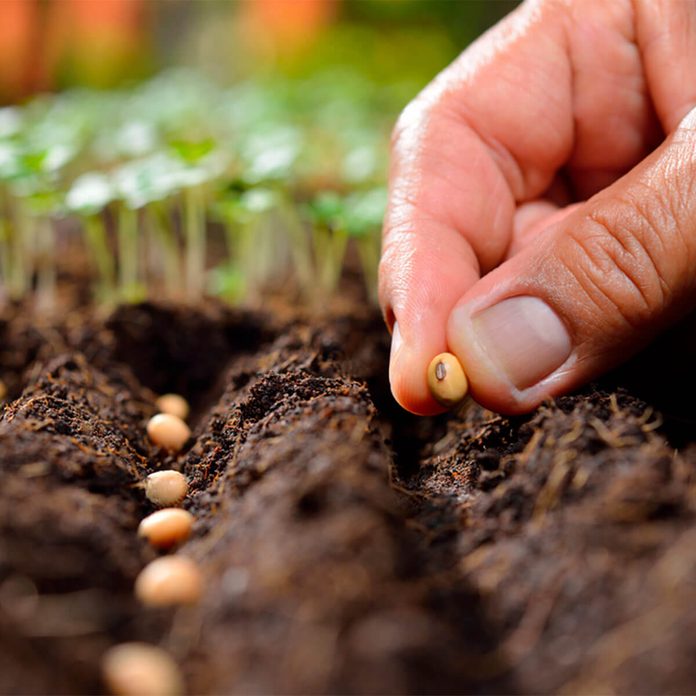
You Plant Too Early
It’s tempting to plant flowers and vegetables in the spring, but don’t do it too early. Just because the plants are on display at the local nursery doesn’t mean the conditions are right for them to go in the ground just yet. Check the USDA Plant Hardiness Zone Map to determine when it’s OK to plant.



















